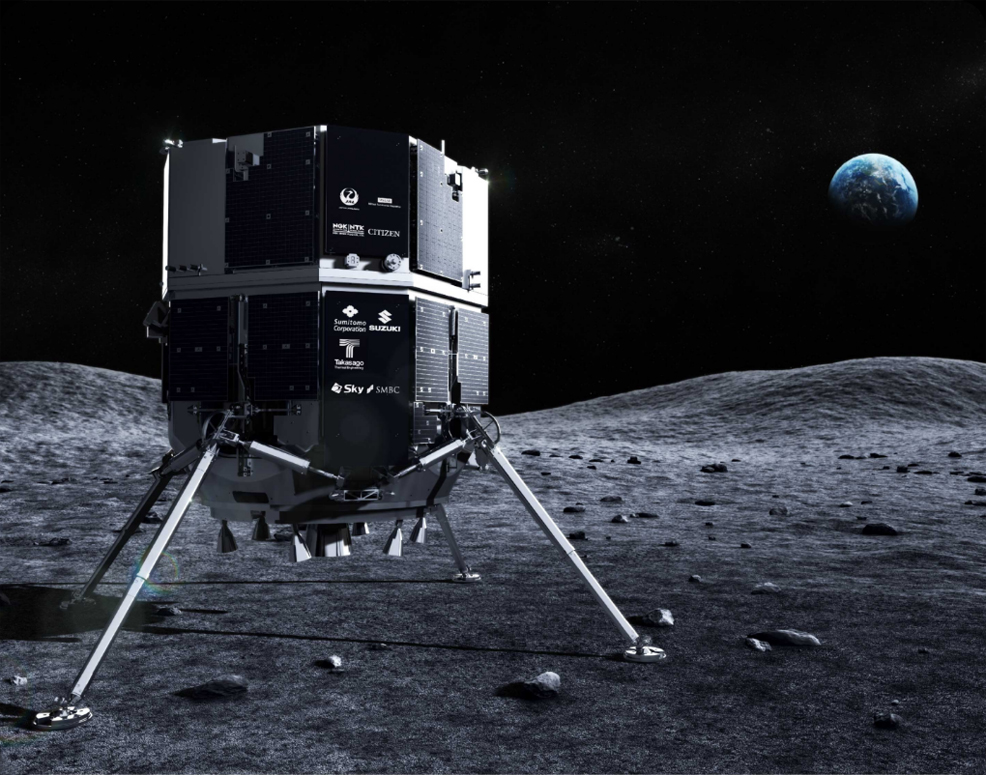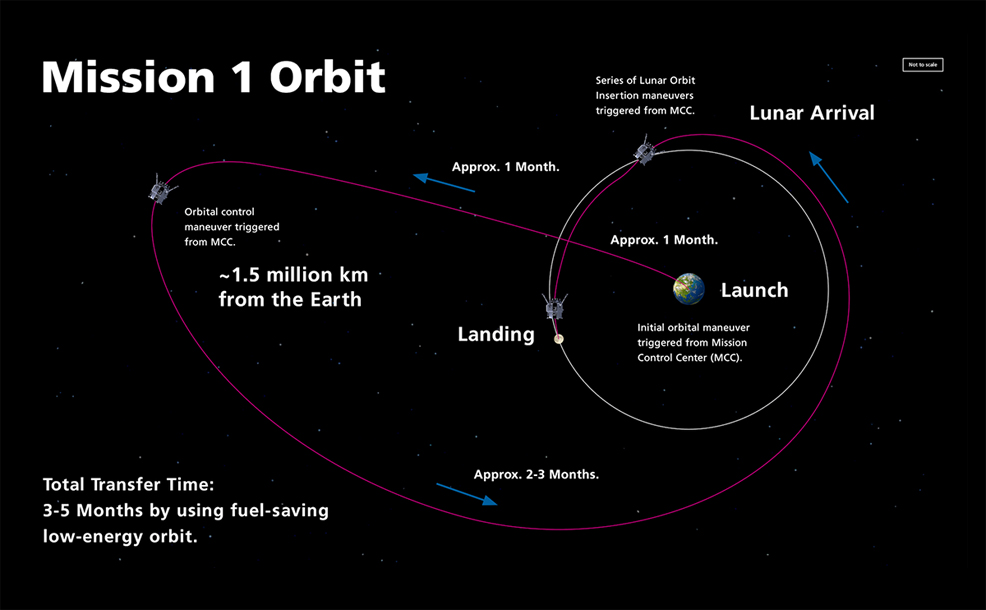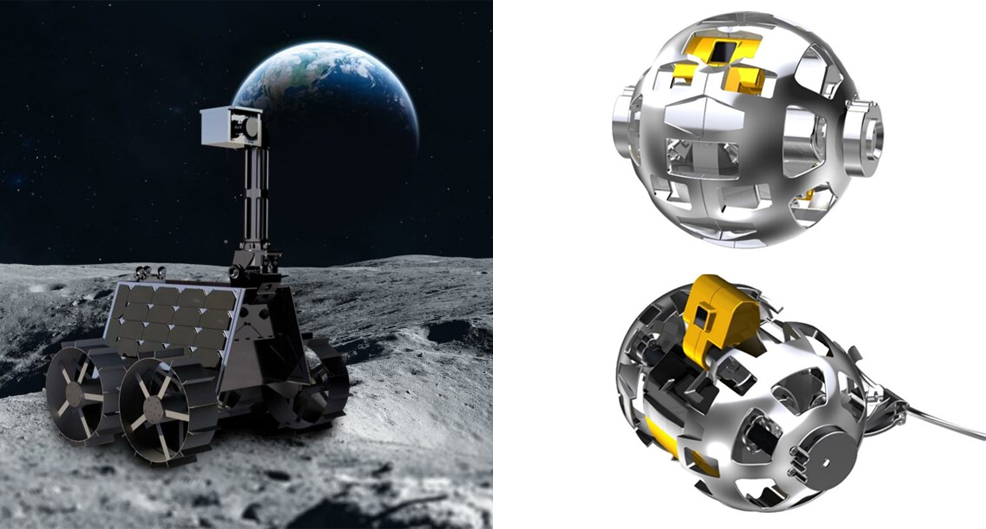
12th December 2022 Japanese mission heads to the Moon A Japanese company aims to land the first private commercial spacecraft on the Moon's surface.
ispace Inc. is a private Japanese company developing robotic landers and rovers for missions to the Moon. It aims to compete for both transportation and exploration mission contracts from space agencies and private industry. If successful, these spacecraft and the accompanying vehicles could enable clients to discover, map, and use the natural resources on Earth's nearest neighbour. In addition to its headquarters in Tokyo, the company has offices in the United States and Luxembourg, employing around 200 people. Although founded in 2010, its team of engineers had earlier competed in the Google Lunar X Prize. Following more than a decade of research and development, ispace yesterday launched Hakuto-R Mission 1 – delivered into space on a partially reusable Falcon 9 Block 5 rocket. The spacecraft will now perform orbital manoeuvres, taking it as far as 1.5 million km (932,000 miles) from Earth, before arriving at the Moon sometime in April 2023.
Hakuto-R consists of the lander, plus two robotic missions: • Rashid – a lunar rover, developed in partnership with Mohammed bin Rashid Space Centre in Dubai, United Arab Emirates. If successful, this would become the first UAE probe delivered to the Moon's surface. Rashid will be equipped with two high-resolution cameras, a microscopic camera to capture small details, and a thermal imaging camera. The rover will also carry a Langmuir probe, designed to study the Moon's plasma and to explain why Moon dust is so sticky. The rover will study the lunar surface, mobility on the Moon's surface and how different surfaces interact with lunar particles. • Transformable lunar robot – a mission of the Japan Aerospace Exploration Agency, for testing dust conditions and the impact of the Moon's gravity (which is just one-sixth that of Earth) on regolith. This ball-shaped robot will push itself into two halves with a connecting axle between them, each serving as wheels to allow the robot to move around. The primary landing site will be Atlas crater, located in the northeast part of the Moon. The expected mission duration is 10 days.
Mission 2, a lunar lander and rover, is scheduled for launch in 2024. In fact, a whole series of future spacecraft is planned. Missions 3 through 9 aim to establish ispace's lunar lander as a "high-frequency, cost-effective transportation system", while missions 10 and beyond will begin construction of an "industrial platform" to enable the development of lunar water resources. Only Russia, the U.S. and China have achieved soft landings on the Moon, beginning with the former Soviet Union's Luna 9 in 1966. Recent attempts to deliver private commercial spacecraft have ended in failure, such as Israel's Beresheet probe, which crashed on the lunar surface in April 2019. However, the ispace team is confident of success. "This is the dawn of the lunar economy," said Takeshi Hakamada, founder and CEO of the company, during SpaceX's launch webcast. "Let's go to the Moon."
Comments »
If you enjoyed this article, please consider sharing it:
|









